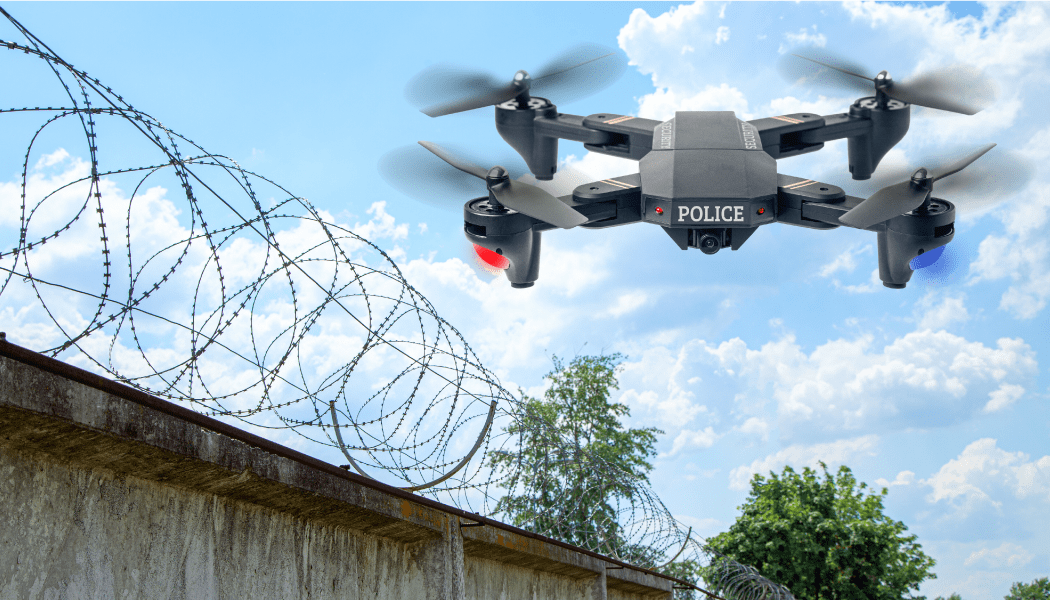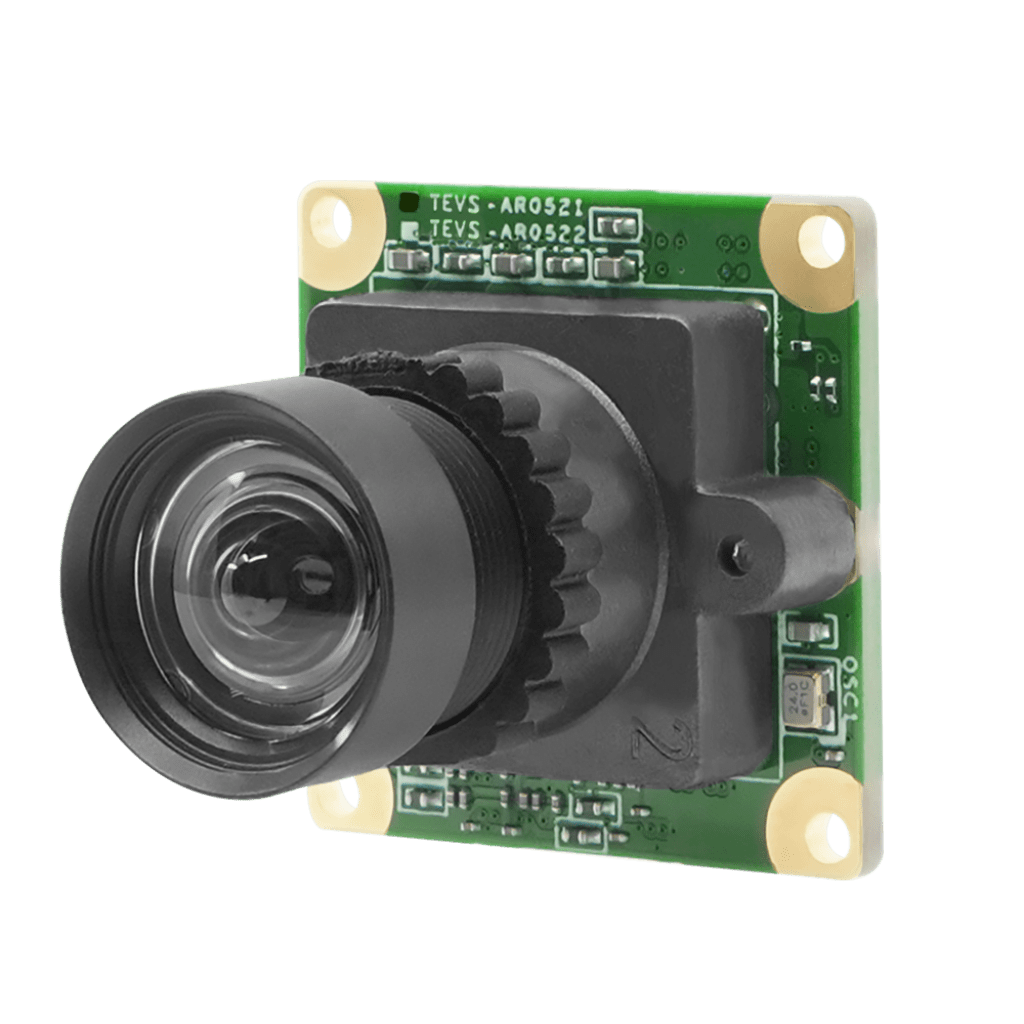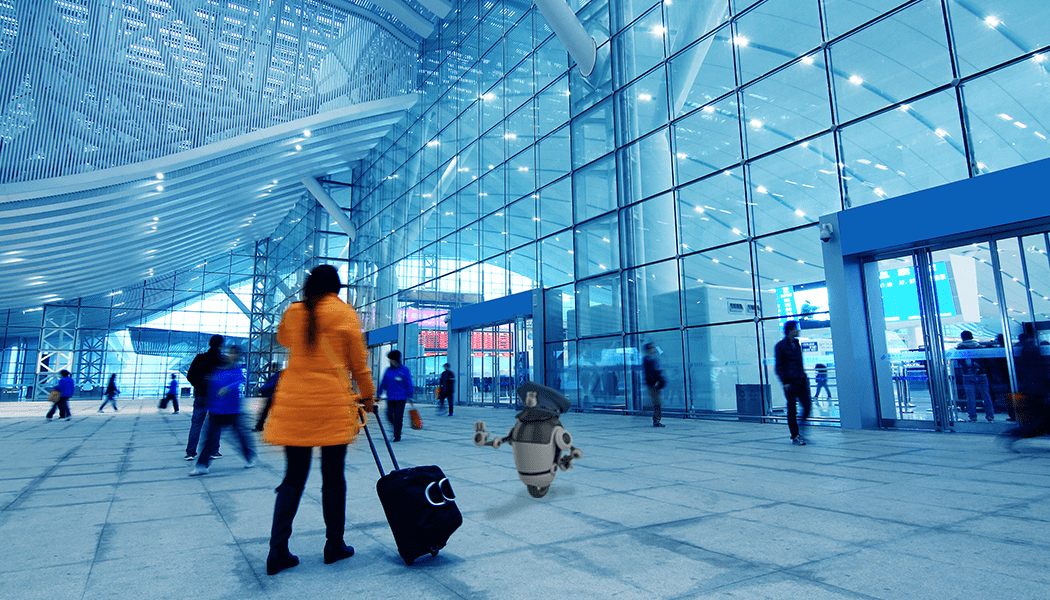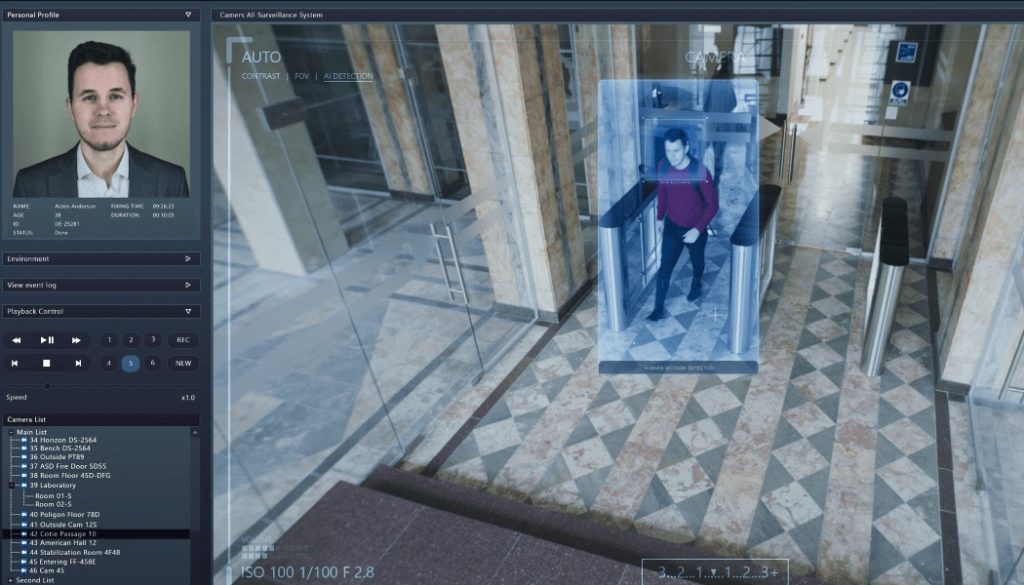This blog post was originally published at TechNexion’s website. It is reprinted here with the permission of TechNexion.
Perimeter security is becoming an increasing reason for concern in the industrial and commercial world since a security breach can have a long-lasting negative impact on the affected entity. From warehouses to data centers, construction sites, and mines, ensuring 24×7 security might be more complex than you think.
Employing humans for this is less practical because of the following reasons:
- Labor is expensive and hence ensuring 24×7 security is challenging. Also, securing a large area requires many personnel.
- Humans are prone to errors and might miss certain undesired activities happening in a secured area.
This necessitates a more effective solution that will accurately detect thefts and intrusions. Camera-enabled smart surveillance and perimeter security solutions can ensure automated surveillance during the day and night.
In this article, let us discover how embedded cameras play a part in making surveillance systems smart, thereby ensuring foolproof perimeter security in secured buildings and open spaces. We will learn:
- What smart surveillance systems are and their benefits.
- Different types of camera-enabled surveillance systems.
- How cameras and artificial intelligence enable perimeter security systems to be truly smart.
What is a Smart Surveillance System?
A smart surveillance system is a network of devices that uses a combination of image sensors, thermal sensing, and artificial intelligence to detect the presence of unwanted people and objects in a restricted zone.
These spaces can be:
- Government buildings
- Banks and financial institutions
- Factories and manufacturing plants
- Warehouses
- Mines and quarries
- Military bases and border control stations
- Power and nuclear plants
- Coastal lines
Depending on the nature and size of the zone, anywhere between 3 to 50+ surveillance cameras might have to be used.
But is surveillance done only using static cameras? Let’s find out in the next section.
Types of Surveillance and Perimeter Security Systems

While surveillance cameras are mostly mounted on poles or walls, they are not the only type of perimeter security systems in use today. Smart surveillance today is also performed using robots and even drones.
Perimeter security robots
With advancements in robotics, embedded vision, and artificial intelligence, there are now robots that can move around a secured space to identify any potential threats automatically. These robots are called perimeter robots or patrol robots.
These mobile robots can be used to monitor vast areas – from large warehouses to stadiums and even streets. They can navigate autonomously with the help of 2D and 3D cameras, making them truly autonomous.
This is critical for perimeter security, especially at night when security staff might not be available for manned surveillance. Robots make it possible to mimic a human security professional with their ability to move around and cover the entirety of a secured zone.
Drones for perimeter security
Drones are more effective than robots for aerial surveillance since they can fly over a zone for guided or automated monitoring. They can also reach areas robots might not be able to. Military and police forces widely use drones to safeguard their operation centers and security bases. With high-resolution cameras, drones can cover a large distance around the perimeter, ensuring that a threat is identified before it approaches the area.
Advantages of Smart Perimeter Security Systems
In addition to automating perimeter security, smart surveillance systems offer the following advantages:
- They can work in adverse environmental conditions 24×7 without any interruption.
- Using the infrared spectrum, they can spot things that the human eye cannot.
- Surveillance cameras can be used for collecting perimeter data over a period. This data can be used for different types of analyses.
- With minimal operational expenses, smart surveillance systems significantly reduce the cost of security over a long period.
- Some perimeter security systems like drones can access areas that humans might not be able to – such as certain areas of nuclear power plants and mines.
- Humans rely on binoculars for long-distance surveillance. But camera-based systems make it possible to monitor a wider area, at long distances.
Role of Embedded Cameras in Ensuring Perimeter Security
 TEVS-AR0521
TEVS-AR0521
Ever wondered how robots, drones, and surveillance cameras capture images and videos? They use camera modules with specified resolution, frame rate, and sensitivity to monitor the designated area. Unlike human security personnel, camera systems have minimal operation costs. Once installed, they can work 24×7. Modern camera systems are even able to withstand harsh environmental conditions with features such as high-temperature sensitivity, resistance to water, fog, and dust, as well as protection against shocks and vibrations.
Some of the other features that make embedded cameras a perfect fit for smart security systems are:
- High resolution: This allows security personnel to analyze videos with a high level of detail. Embedded cameras can come with a resolution of more than 20MP.
- Range: RADAR/LiDAR-based are beneficial in systems like coastal security devices where a combination of 2D and 3D imaging provides the necessary coverage and range of the surroundings.
- Infrared and thermal sensitivity: This is critical in enabling night vision.
- 360-degree coverage: This is made possible in embedded vision cameras by using multiple cameras of adequate field of view. For high quality, a minimum of 3 to 4 cameras with a field of view of around 70 degrees are used.
- Protection from rain, dust, and fog: Embedded vision cameras use IP-rated enclosures to protect themselves from hazardous environmental factors.
- On-device processing for analyzing video footage: For AI and ML algorithms to analyze the camera footage, reducing the dependency on an external or cloud-based processing system.
The number of cameras needed for complete coverage will depend on the area and the type of system used for surveillance. For example, a perimeter security robot must use multiple cameras within one device. These can include 1 to 2 depth cameras and 3 to 4 cameras to achieve a 360-degree view of the surroundings. In essence, a single perimeter robot can have anywhere between 4 to 8 cameras.
The scenario is similar in the case of a drone too. While it uses 3D depth cameras for navigation, image capture for security purposes is usually done by 1 or more dedicated 2D cameras. In the case of pole-mounted surveillance cameras, a single device can have 3 to 4 cameras to ensure wide coverage. Single-camera surveillance devices are also common.
Also read: Single Camera vs. Multi Camera – Similarities, Differences, and Applications
How Artificial Intelligence Enables Automated Perimeter Security

Surveillance cameras of the past involved images and videos being captured by embedded vision cameras and analyzed manually by security personnel who then take actions based on what they see.
However, new-age security cameras make use of edge-processing artificial intelligence to analyze the footage to detect any unwanted activity in the scene in real-time. Based on this, smart surveillance cameras, robots, and drones can send automated alerts to security staff to take necessary action in case of a security breach.
AI and ML (Machine Learning) algorithms today have become smart enough to distinguish between different types of objects. For example, an animal can be identified as a separate object from a human or car. This helps security professionals easily identify the nature of the threat without having to manually analyze the video footage.
Integrating AI and ML into surveillance and perimeter security also offers the following advantages:
- AI and ML models learn over time. Using a technique called DL (Deep Learning), they can make the camera better at detecting threats over time.
- They help improve the productivity of security professionals by automating a vast majority of security-related tasks.
- They might help to detect intrusions that humans could at times miss.
TechNexion: Building Next-gen Cameras for Smart Perimeter Security
TechNexion focuses on building embedded solutions that help its customers take products to the market faster without compromising quality. We offer embedded vision cameras, system modules, panel computing solutions, and robotic solutions for a wide variety of industrial and commercial applications. Of these, embedded cameras have seen a surge in demand recently owing to their cutting-edge features, engineering expertise, and state-of-the-art manufacturing facility, among many other factors.
We have already worked closely with many security system manufacturers to integrate our high-end cameras into their systems. Whether you are building a robot, drone, or static security camera, we can help you choose and integrate the best camera solution into your device. To explore our camera solutions, visit the embedded vision page.


